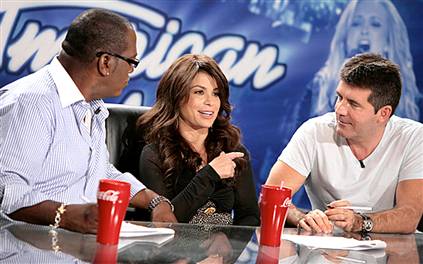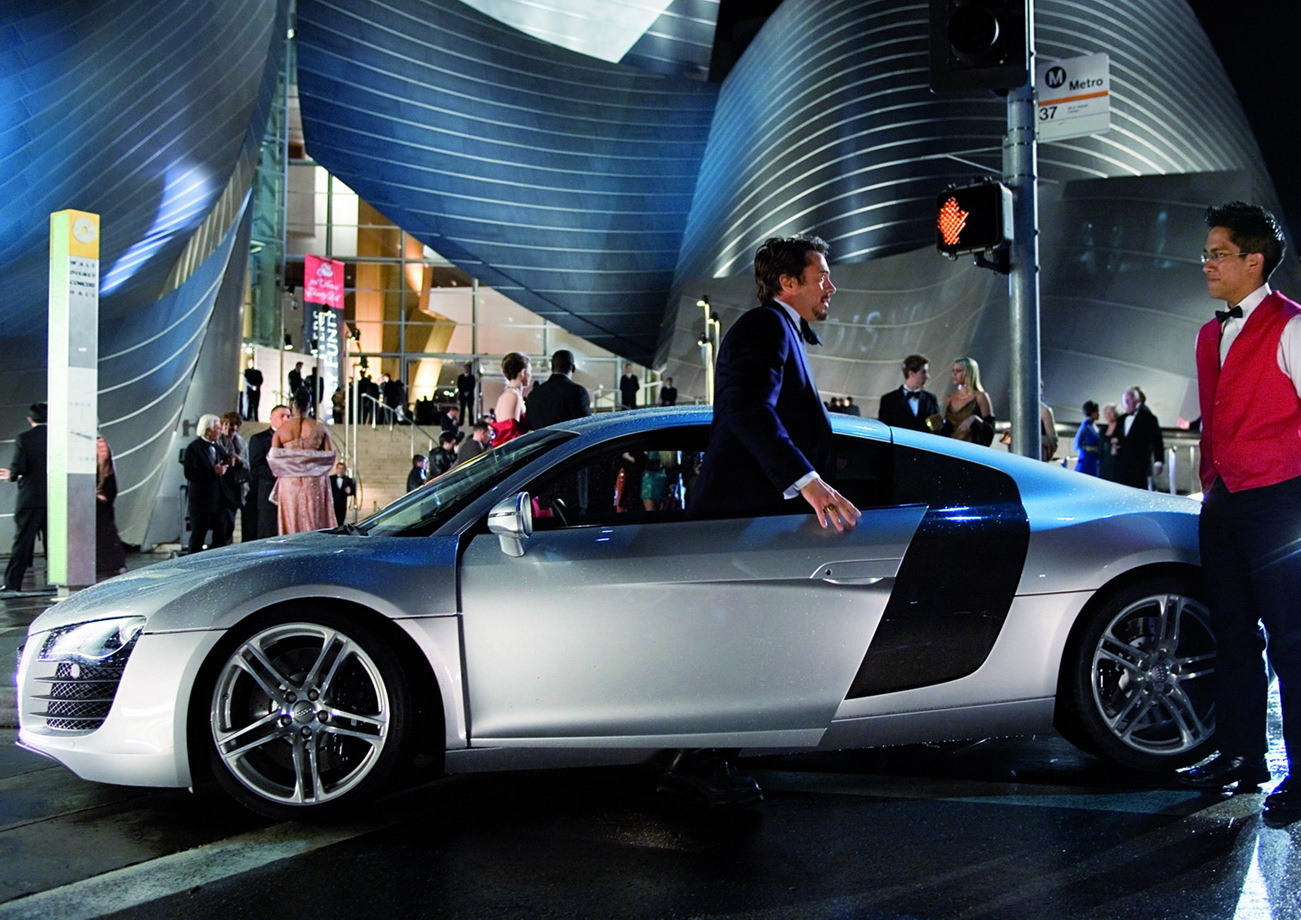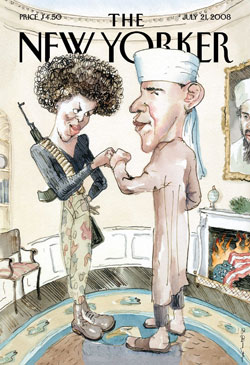In an era in which it is increasingly possible to bypass commercials, product placement–or the placing of products in the narrative alongside the actors themselves–is increasingly important. Remember, this isn’t simply set decoration, but a deal between the producers and companies that is about money. Here are some examples of product placement in movies and TV shows:
Coca Cola on American Idol (found here):
Sprite (?) and Audi in Ironman (found here and here):
Oreos on Friends (found here):
Pizza Hut on Wayne’s World (found here):
And, finally, Absolute Vodka on Sex and the City (found here):
–Not safe for work–












